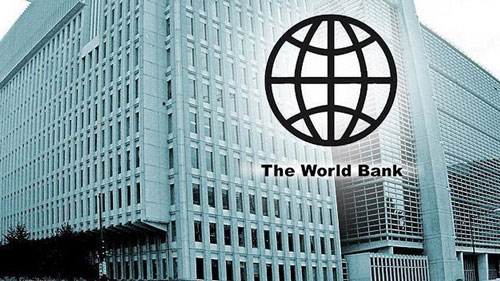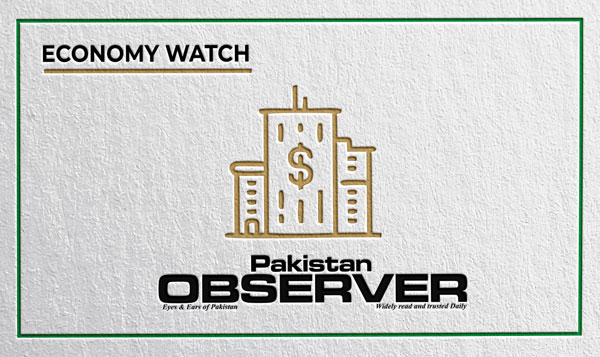Hijab Hassan
Pakistan is at the brink of yet an
other economic slowdown.
From dwindling foreign reserves, sky-rocketing inflation and growing fiscal deficit leading to the devaluation of Rupee while the Dollar gets mightier; the country finds itself in a deep conundrum lynching on to whatever help that can be received from different friends across the border. Yet again, Pakistan is found scrapping at the doors of the International Monetary Fund to resuscitate itself. As the economic crisis runs deeper, friction between the key stakeholders also begins to intensify with the opposition government exploiting the current financial setback to demean the ruling party. As the new year dawns upon us, Pakistan’s $300 billion economy stand at cross-roads.
Amidst all the different factors that have contributed towards the current state of affairs, Pakistan’s economic instability is largely rooted in its dependence on imports. While cotton products, leather and rice account for 69% of exports, we still lack a competitive export basket of higher value-added items. On the other hand, importing large quantities of machinery, electronics, metals and its most expensive import – oil – Pakistan’s economy accounts for $60 billion. Consequently, we have run a trade deficit, which alone in 2018 is totaled at $36 billion. In the months ahead, reducing the trade and fiscal deficit will pose to be the biggest domestic challenge.
Considering the changing economic climate, the importance of bolstering small scale businesses and micro-enterprises cannot be condoned. From bringing innovation to stimulating economic growth and creating employment opportunities; small and medium enterprises possess a transformative ability for any economy and account for approximately 80% of employed population of the country. Similarly, when consumers buy from local small businesses, they are essentially injecting money back to their ailing economy. However, despite the great degree of potential that SMEs possess, thelack of access to banking credit remains the biggest obstacle to this sector’s growth. Since, such borrowers don’t own liquid assets, possess a past credit history, in most cases are poorly documented with a large majority of them operating in the informal sector, commercial banks remain uninterested to lend to these entities and they remain cash starved. As a result, SMEs and local businesses struggle to thrive, limiting the far-reaching benefit they can have pertaining to job creation, production of local goods and the overall development of economic infrastructure.
As the pace of technological advancement accelerates, digital innovation can play a pivotal role to improve financial access to local businesses and enterprising individuals. Compared to the traditional cumbersome methods of seeking loans from financial institutions, SMEs and aspiring entrepreneurs can benefit from fin-tech solutions which makes the entire process instant and paperless. Committed to liberate the economy from paper and plastic making transactions free and frictionless, SimSim Pakistan has made borrowing simple too with their digital financing solutions. Whether you own an established business or are astart-up; regardless of the nature and scale of your set up, you could implement SimSim without any cost associated to you in just a few taps. In doing so, businesses can unlock their full potential by gaining access to products tailored to meet their short-term financing needs, manage their cash-flows, monthly salary disbursements and other operating expenses. Moreover, through SimSim’s digital loans, individuals bearing the brunt of the economic slowdown and struggling through unemployment also have the opportunity to not only avail short-term loans to meet their urgent needs but can also set up their own businesses, hence participating in the overall economic activity of the country.
Indeed, digital credit works as the oil to keep the machinery of a business running and being able to acquire this solution through SimSim, micro-enterprises will experience an incremental growth in their productivity leading to overall economic uplift of the country. An increased productivity would not only mean a plethora of local products for consumers to choose from, but a higher basket of locally created goods to export.
Hence, the fastest way to transform Pakistan is to digitize the economy and digital credit for SMEs is possibly the swiftest solution towards long-term reformation.












